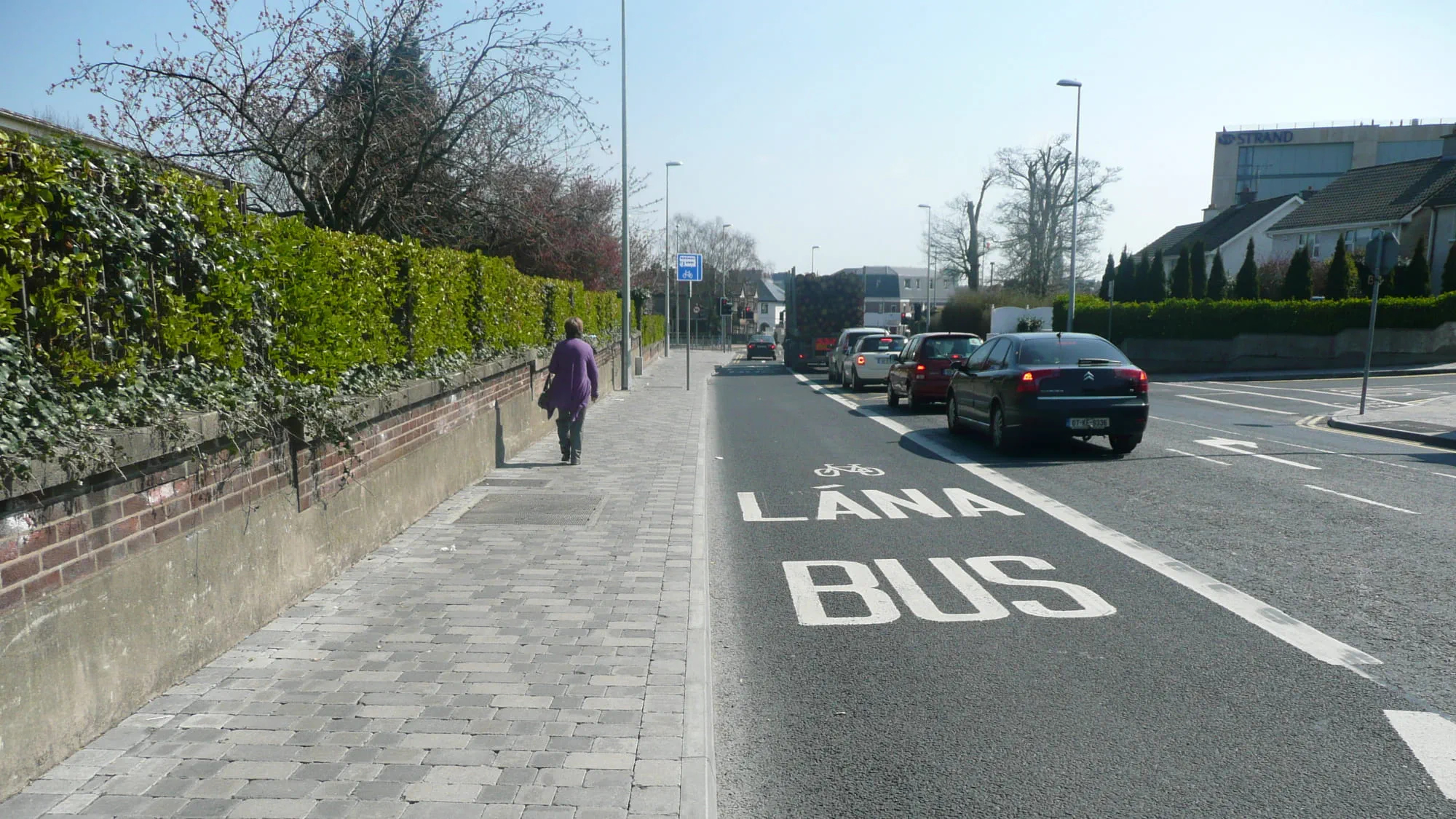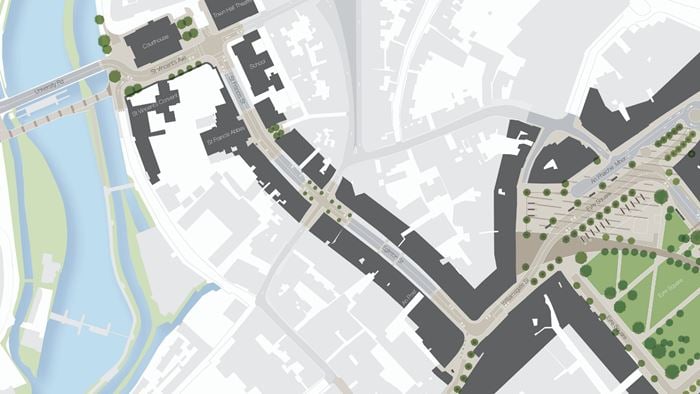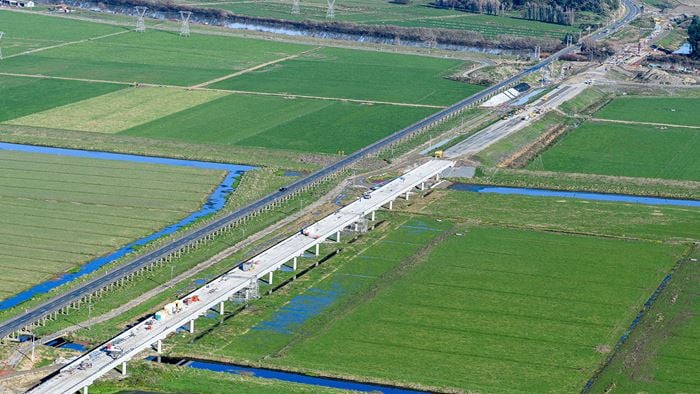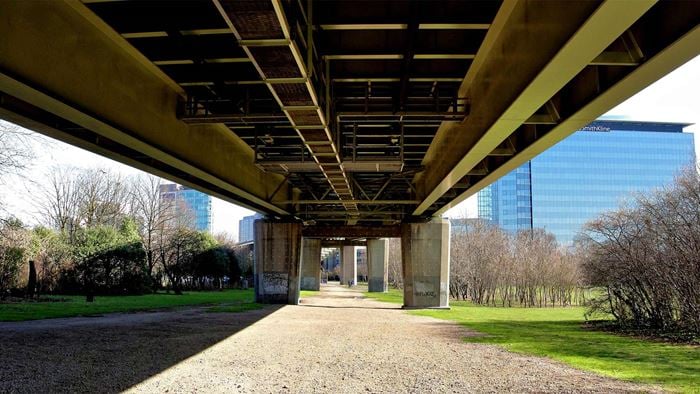Prior to the economic boom, Limerick City Council foresaw the need to modify transport infrastructure in anticipation of increased traffic. Limerick had already experienced severe congestion caused by poor traffic signal coordination, street parking and freight loading which impacted poorly on bus operations and ultimately, the business and economic prosperity of the city.
Demonstrating how technology can revitalise transport networks, we carried out a comprehensive traffic management and feasibility study to improve the efficiency of traffic flow and operations in the city and enhance connectivity and mobility.
Importance to the city
A core recommendation was the upgrading and modernisation of the existing traffic signal system that allowed more effective coordination and synchronisation between each of the traffic signals.
Strategically placed sensors allowed the council to monitor the city’s road network while the data enabled the traffic signals to respond and adapt to real time traffic conditions.
The ITS system reduced delays to traffic at junctions and, as a result, reduced the vehicles' emissions and fuel consumption. For the centre of Limerick, the reduction in private car usage and the increase in public transport and pedestrian priority provided a more pleasant environment.
Sustainability
The new signalised junctions, remodelled signal time plans and the introduction of adaptive coordinated traffic control provided a more equal split of ‘green time’ for conflicting movements and contributed to the overall reduction in congestion. The wait times for pedestrians crossing the roadway at junctions were reduced by over 50%.
The system also enabled more effective public transport operations, as buses were equipped with sensors that enabled detection and differentiation from regular vehicles. This facilitated efficient passage through traffic signals.
Much of a typical city’s congestion is caused directly as a result of vehicles circulating and seeking parking spaces. Electronic signs displaying real time space availability at off-street parking facilities promoted and assisted travellers in finding a parking space.
Strategically placed variable message signs were also placed at junctions throughout the city. This enabled the City Council to display critical transport related messages during major planned or unplanned events or incidents.
Smart and integrated mobility
According to the International Transport Forum, by 2050 there will be around three to four times as much global passenger mobility (compared to 2000) and 2.5 to 3.5 times as much freight activity. This means that smart solutions will need to be implemented to provide adequate transport capacity for growing volumes of goods and people.
By combining intelligent transport systems as part of an integrated transport solution, we can harness data that can be turned into intelligence. This will lead to improved outcomes, such as better transport connectivity and will make travelling a seamless and efficient experience.
 ;
;







